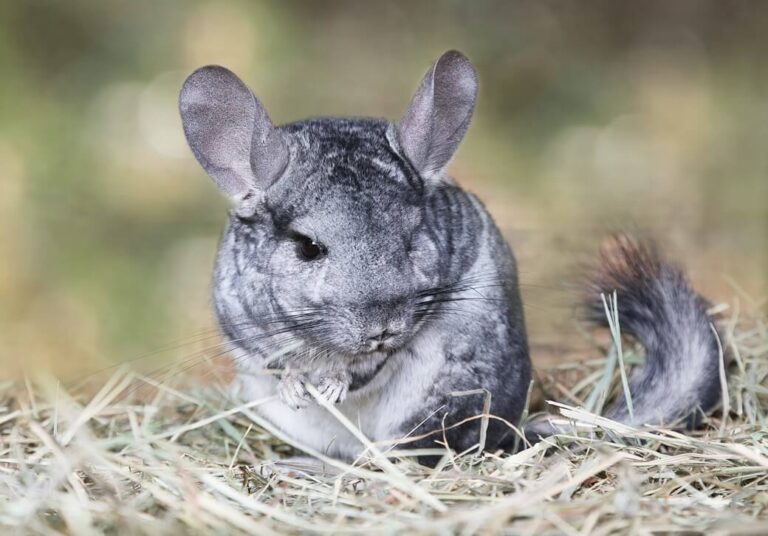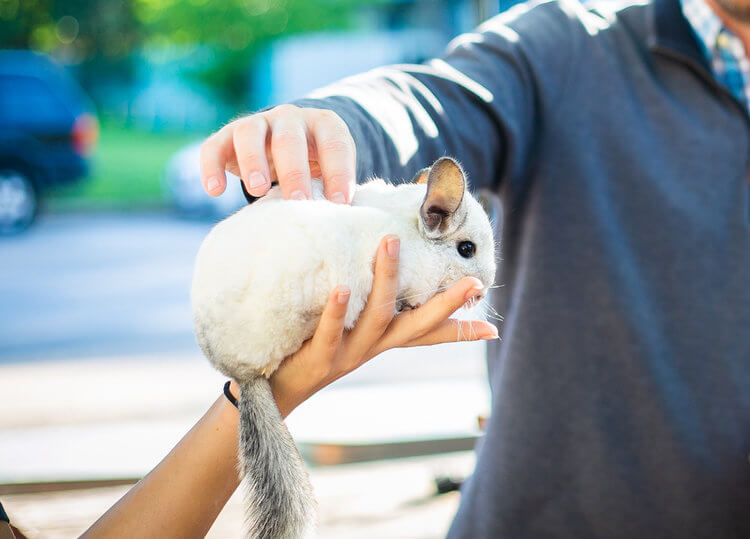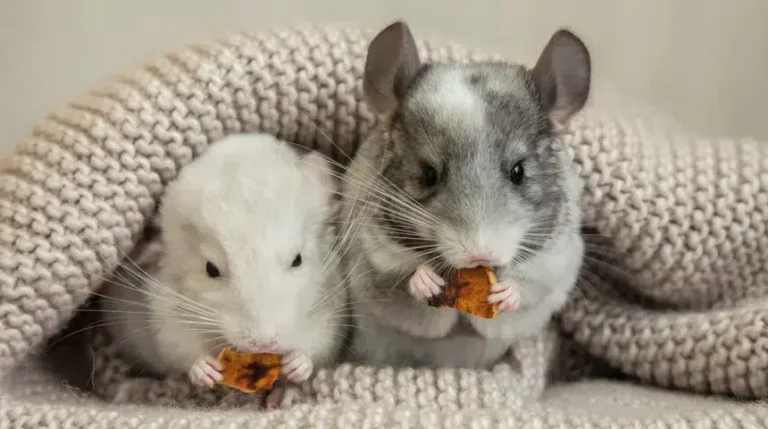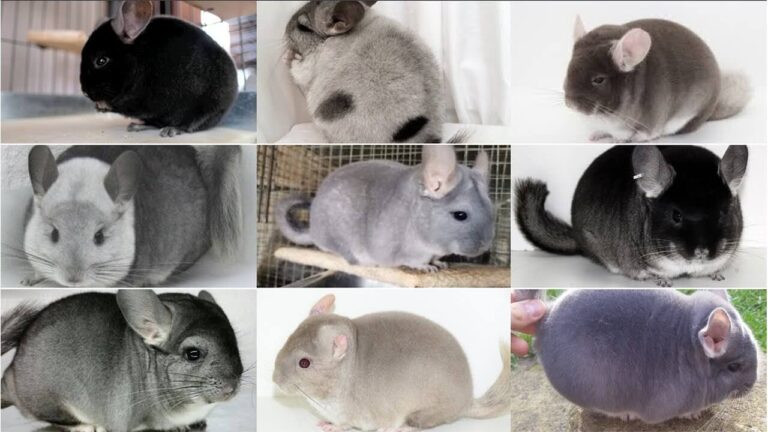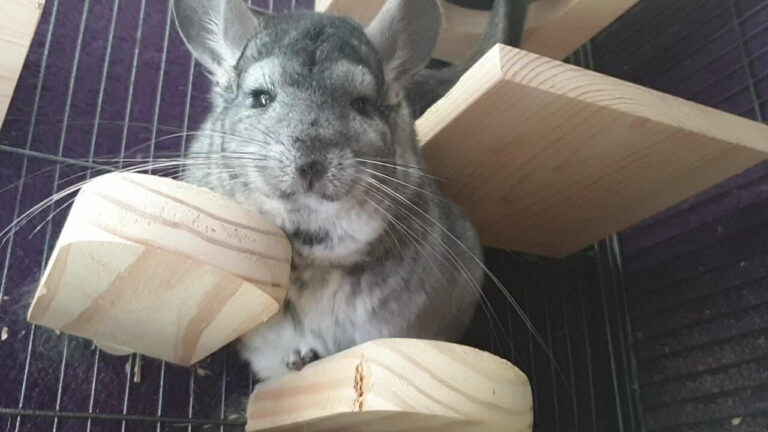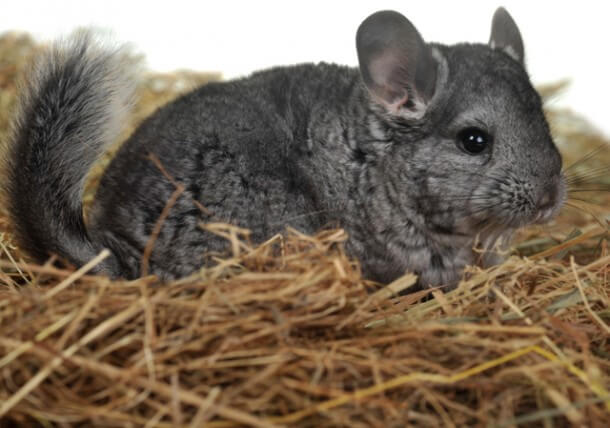Top 20 Fun Facts About Chinchillas You Need to Know
Chinchillas are fascinating creatures known for their luxurious fur and playful nature. Here are the top 20 fun facts about these adorable rodents that will not only entertain you but also provide a deeper understanding of their unique characteristics and habits.
Contents
- 1 Top 20 fun facts about chinchillas
- 2 1. Origins and Habitat
- 3 2. Incredible Fur Density
- 4 3. Dust Baths for Cleanliness
- 5 4. Diet and Teeth
- 6 5. Social Animals
- 7 6. Nocturnal Creatures
- 8 7. Agile Jumpers
- 9 8. Sensitive Hearing
- 10 9. Unique Vocalizations
- 11 10. Long Lifespan
- 12 11. Breeding and Offspring
- 13 12. Fur Slip Mechanism
- 14 13. Conservation Status
- 15 14. Varied Fur Colors
- 16 15. Complex Social Structures
- 17 16. Monogamous Tendencies
- 18 17. Exceptional Jumping Abilities
- 19 18. High Altitude Adaptations
- 20 19. Communication Through Body Language
- 21 20. Role in Scientific Research
Top 20 fun facts about chinchillas
1. Origins and Habitat
Chinchillas originate from the Andes Mountains in South America, specifically found in Chile. They thrive at high altitudes, between 9,800 and 16,400 feet, living in caves or rock crevices to stay safe from predators.
2. Incredible Fur Density
Chinchillas have one of the densest furs in the animal kingdom, with each follicle producing 60 to 90 hairs. This thick fur helps them survive in cold mountain climates.
3. Dust Baths for Cleanliness
Instead of water baths, chinchillas take dust baths to clean their fur. The dust absorbs oil and dirt, keeping their coat soft and clean. They need dust baths about twice a week.
4. Diet and Teeth
Chinchillas are herbivores, primarily eating hay, grass, and pellets. Their teeth grow continuously, and they need a diet rich in roughage to wear them down naturally.
5. Social Animals
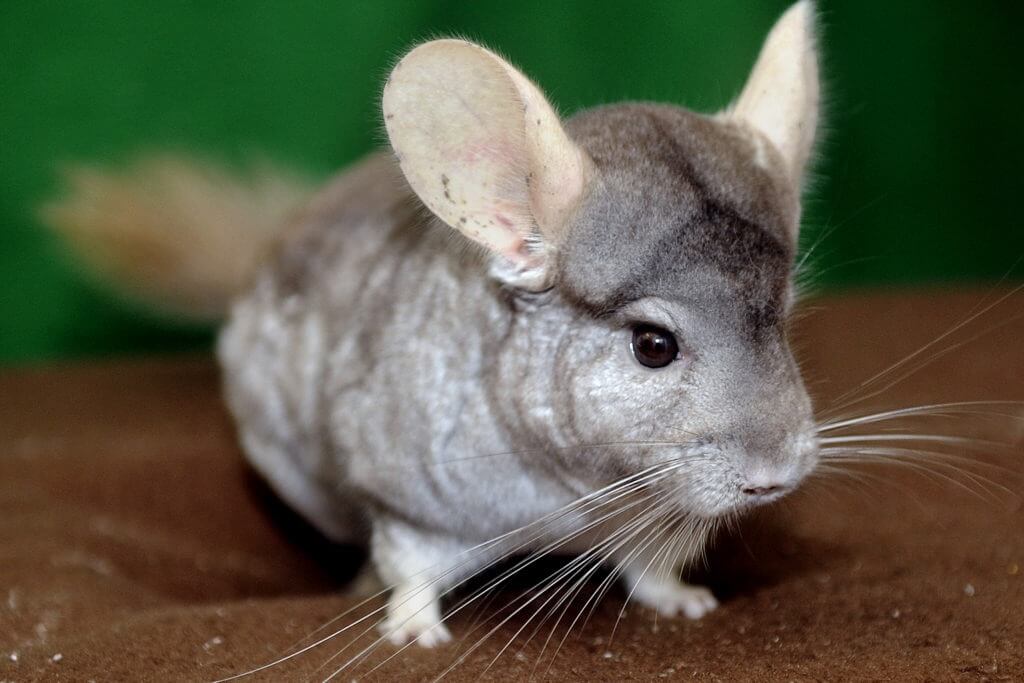
In the wild, chinchillas live in colonies of up to 100 individuals. This social behavior is also evident in domesticated chinchillas, which often bond closely with their human caretakers.
Related: How Big Is A Chinchilla?
6. Nocturnal Creatures
Chinchillas are nocturnal, meaning they are most active at night. This helps them avoid daytime predators and the heat of the sun.
7. Agile Jumpers
Thanks to their powerful hind legs, chinchillas are excellent jumpers and can leap up to six feet in the air, allowing them to navigate their rocky habitats with ease.
8. Sensitive Hearing
Chinchillas have very sensitive hearing, similar to humans. They can detect a wide range of sounds, which helps them stay alert to potential dangers.
9. Unique Vocalizations
Chinchillas communicate using various sounds, such as barks, chirps, and squeals. These vocalizations can indicate different emotions like happiness, fear, or aggression.
10. Long Lifespan

In captivity, chinchillas can live up to 20 years, though their average lifespan is between 8 and 10 years. This is relatively long for a rodent.
Related: How Long Does A Chinchilla Live?
11. Breeding and Offspring
Chinchilla females have a gestation period of about 111 days and typically give birth to one to six kits. The kits are born fully furred and with their eyes open.
12. Fur Slip Mechanism
When threatened, chinchillas can release clumps of fur to escape predators. This mechanism, known as fur slip, leaves the predator with a mouthful of fur while the chinchilla makes a quick getaway.
13. Conservation Status
Both species of chinchillas, long-tailed and short-tailed, are considered critically endangered due to extensive hunting for their fur and habitat destruction.
14. Varied Fur Colors
While wild chinchillas have mottled gray fur, domesticated chinchillas come in a variety of colors, including black, white, beige, and charcoal.
15. Complex Social Structures
In their colonies, chinchillas have complex social structures and hierarchies. Dominant females often lead the group, and social interactions play a crucial role in their survival.
Related: How To Take Care Of A Chinchilla For Beginners
16. Monogamous Tendencies
Female chinchillas tend to be monogamous, often staying with one mate for life, while males may have multiple mates, especially in breeding programs.
17. Exceptional Jumping Abilities
Chinchillas can jump up to six feet high, an adaptation that helps them navigate their rugged, mountainous habitats.
18. High Altitude Adaptations
Their red blood cells can take up more oxygen than those of other rodents, which is essential for survival at high altitudes where oxygen levels are lower.
Related: What Is A Chinchilla?
19. Communication Through Body Language
Chinchillas use body language to communicate with each other. For example, a wagging tail can indicate happiness, while standing on hind legs might signal a threat.
20. Role in Scientific Research
Due to their unique auditory system, chinchillas are often used in research related to hearing. Their lung structure also makes them valuable in respiratory studies.
- Golden Retriever Pros and Cons: What Every Pet Parent Should Know - 15 September 2025
- Cane Corso Dog Breed: Health, Care, and Lifespan - 14 September 2025
- Catahoula Leopard Dogs: Description, Temperament, Lifespan, & Facts - 21 July 2025


